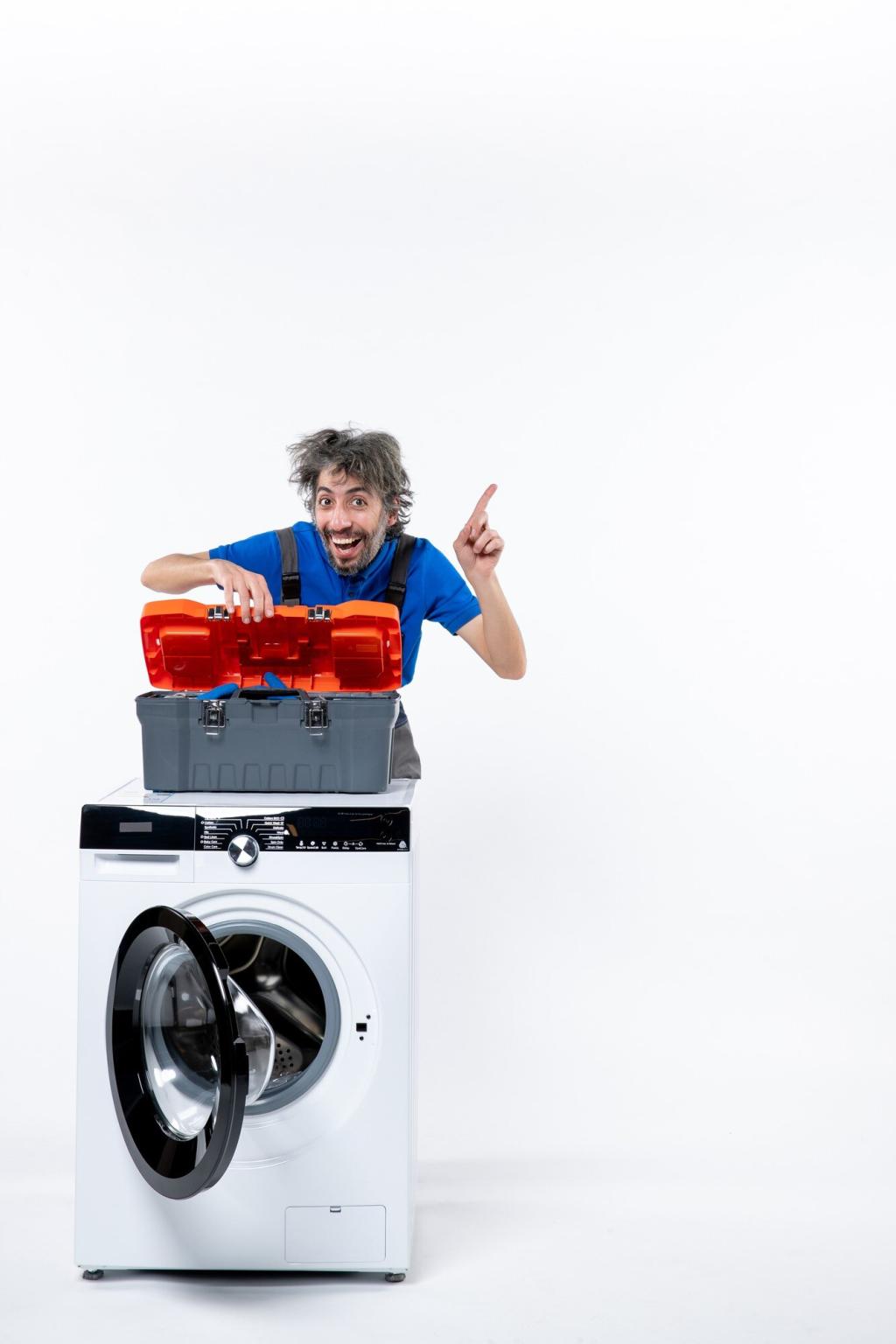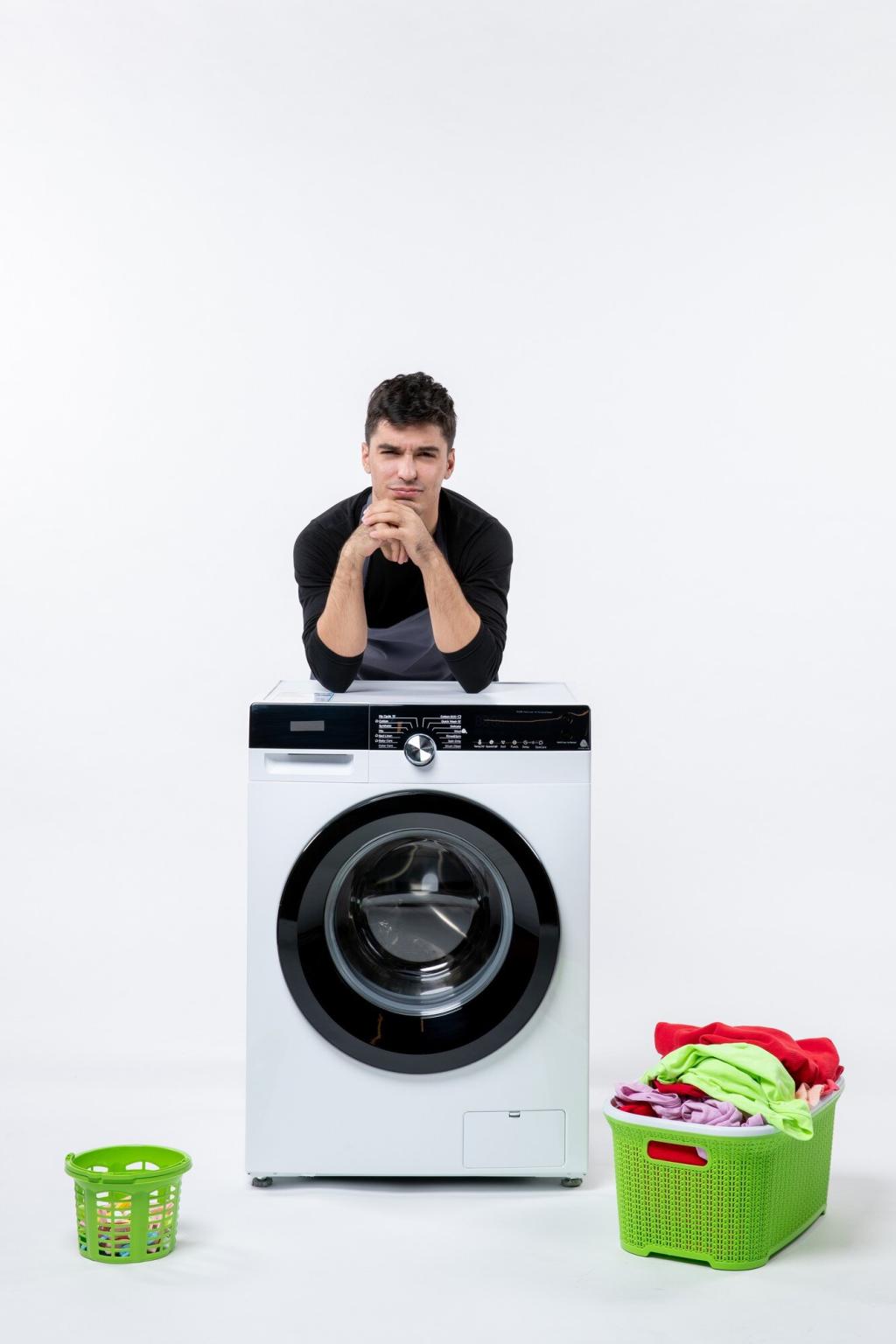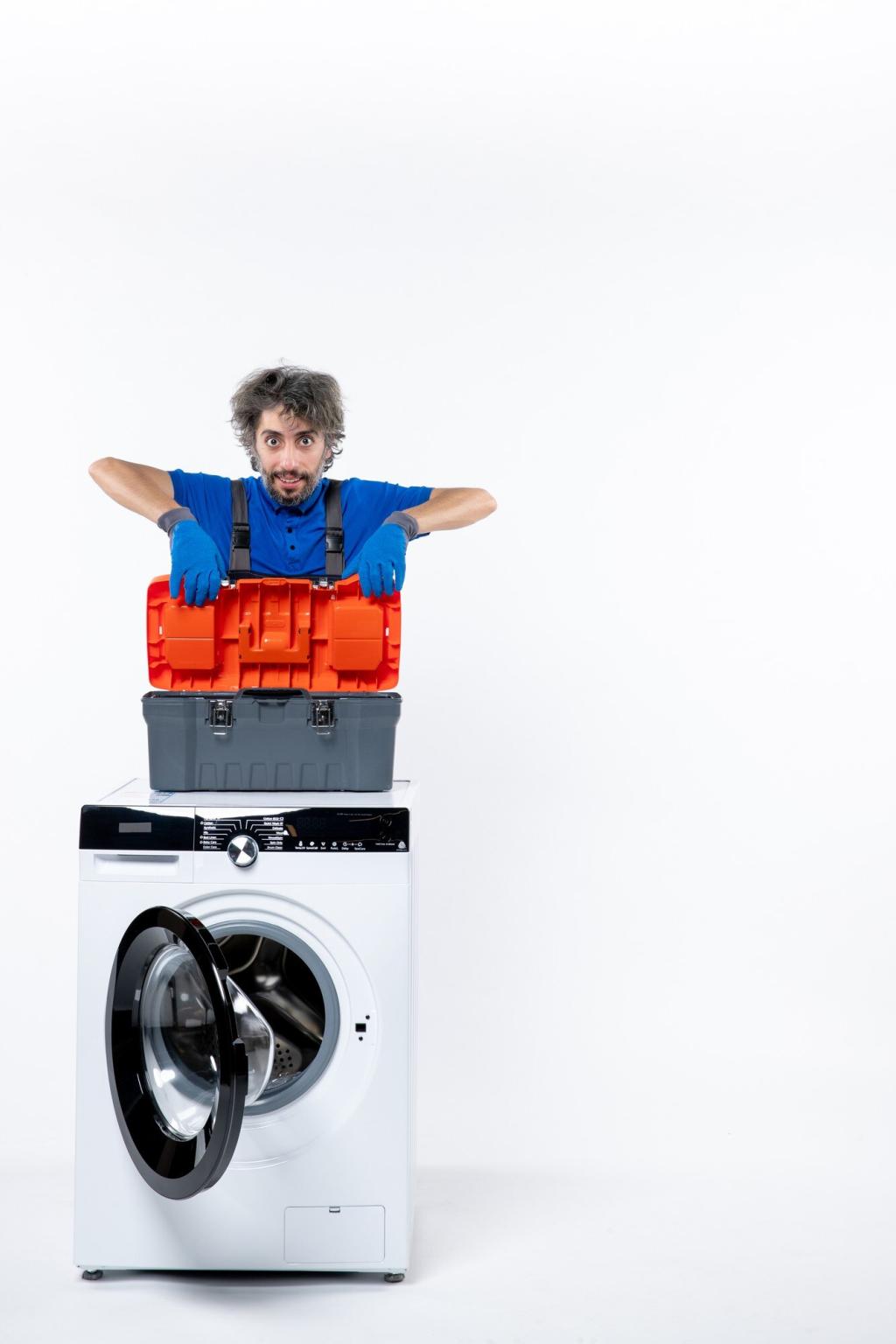Smart Features in a Tiny Footprint
App notifications tell you when to empty a condensate tank, clean a filter, or start the next load. Some apps estimate remaining time more accurately than the panel. If you rely on alerts, follow us and share which features kept your compact routine on track.
Smart Features in a Tiny Footprint
Schedule wash cycles to finish when you wake up or return home. Pair with quiet modes during nighttime. Smart scheduling can cut idle time, reduce wrinkles, and align with off-peak energy rates, stretching your budget while keeping tiny homes tidy and wonderfully efficient.






